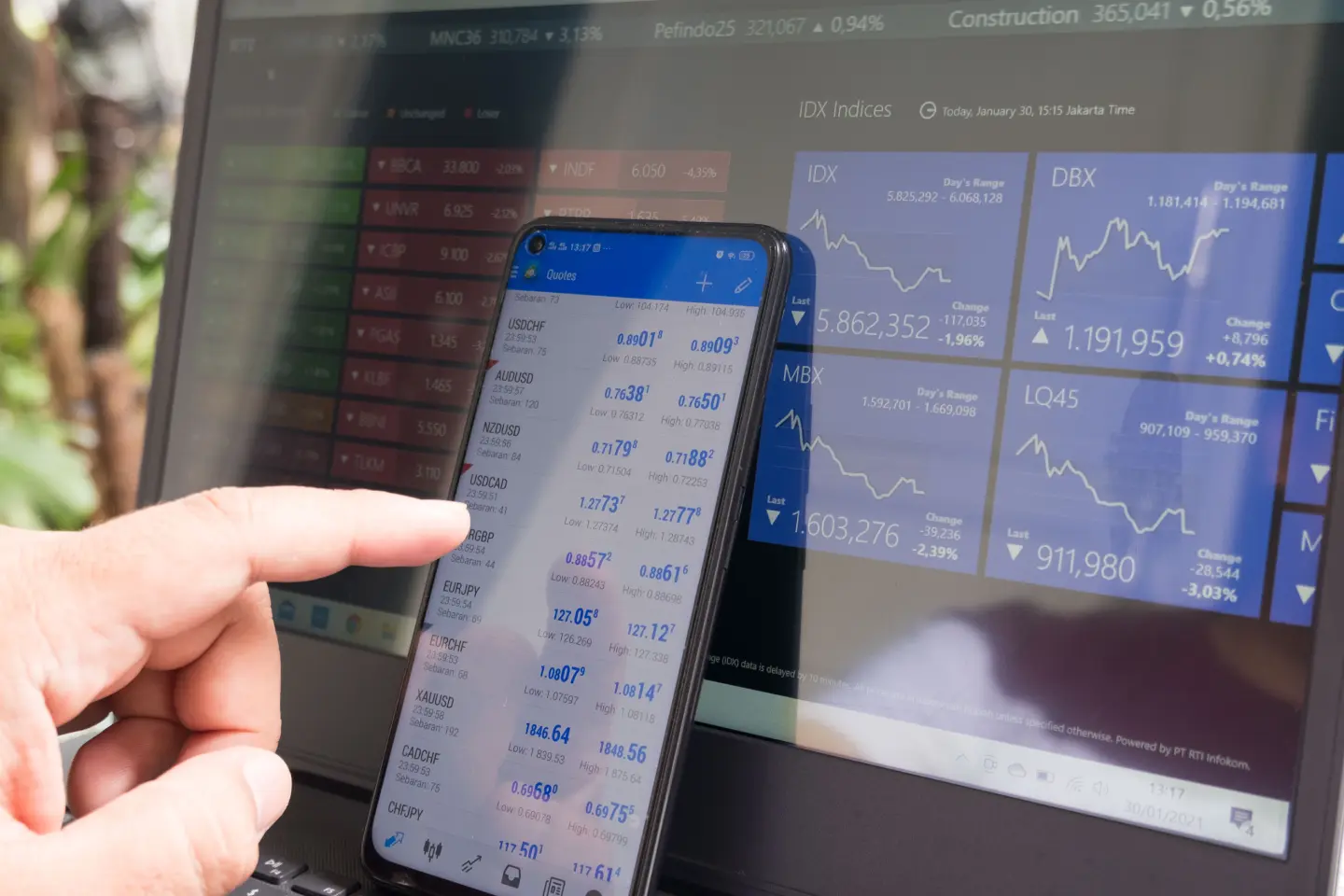
U.S. Dollar Soars Ahead of Powell's Anticipated Speech
The U.S. dollar has surged to a remarkable two-month high this Friday, marking its sixth consecutive week of gains. This upward trajectory is largely attributed to investors flocking to the safety of the greenback, as they keenly await insights from Federal Reserve Chair Jerome Powell's speech, which is expected to shed light on the future direction of interest rates.
The financial world is on tenterhooks, with all eyes set on Powell's address on monetary policy at the Jackson Hole Economic Policy Symposium, scheduled for 10:05 a.m. ET. The primary focus? To discern whether the Federal Reserve has concluded its rate hikes and to ascertain the duration for which it intends to maintain these elevated rates.
As of now, the dollar index, a metric that juxtaposes the U.S. currency against six of its major counterparts, has ascended by 0.173%, reaching a commendable 104.25. This is a pinnacle not witnessed since June 7. Furthermore, with a robust 2% surge in August, the index is poised to break its two-month decline.
The prevailing market sentiment anticipates Powell to emphasize the 'higher for longer' narrative, especially considering the U.S. economy's commendable resilience in recent times. It's expected that Powell will underscore the fact that policy decisions will be intricately tied to evolving economic data. However, there's a lurking apprehension. If Powell's discourse or demeanor is perceived as even slightly less hawkish than anticipated, it could potentially trigger a retreat in the dollar's value.
Adding another layer to this intricate tapestry, two Federal Reserve officials, Philadelphia Fed President Patrick Harker and Boston Fed President Susan Collins, have cautiously lauded the spike in bond market yields. Their perspective? This could potentially bolster the U.S. central bank's endeavors to temper the economy and recalibrate inflation to its 2% benchmark.
Recent data has painted a rosy picture, indicating a decline in unemployment benefit claims, underscoring the robustness of the labor market. While this has somewhat allayed recession fears, the looming shadow of inflation exceeding the Fed's target has investors on edge. The overarching sentiment? The Federal Reserve might sustain these high interest rates for an extended period.
Current market projections hint at a potential rate cut by the central bank in May next year. However, given the fluid economic landscape, such predictions might be premature. As of now, futures indicate the Fed's overnight lending rate to hover above 5% till June 2024, with potential rate cuts slated for the latter half. This is a slight deviation from early August predictions, which anticipated about 130 basis points of cuts in 2024.
German Economic Growth Falters Amid Manufacturing Decline
In a concerning turn of events, Germany, the powerhouse of the eurozone, is witnessing a stumble in its economic growth. Recent data reveals that the German gross domestic product (GDP) remained stagnant in the second quarter, translating to an annual decline of 0.2%. This stagnation is primarily attributed to a significant downturn in manufacturing output, a sector that has traditionally been the backbone of the German economy.
While Europe grapples with inflationary pressures, the weakening business activity data underscores the deepening economic challenges faced by the continent. The ramifications of this economic slowdown are not limited to Germany alone but have broader implications for the European economic landscape.
All eyes are now on the European Central Bank (ECB), which is scheduled to convene in September. In light of the current economic scenario, JPMorgan has revised its expectations regarding the ECB's monetary policy. The financial giant now anticipates the central bank to momentarily halt its tightening cycle in September. Furthermore, the final 25 basis point hike, initially predicted for September, is now expected to be postponed to October.
On a slightly brighter note, the U.K. witnessed a surge in its GfK consumer sentiment indicator. The index climbed to -25 in August, up from a three-month low of -30 in July. This marked the most significant ascent since April. The data, released earlier today, suggests that the easing inflationary pressures have somewhat alleviated British concerns regarding their personal financial outlook.
Implications for EUR, USD, and Global Stock Markets: A Deep Dive
The U.S. dollar's surge, driven by anticipation around Federal Reserve Chair Jerome Powell's speech and the broader economic sentiment, has positioned the USD as a formidable force in the currency market. This strength is further bolstered by the robustness of the U.S. economy and the potential pause in rate hikes by the Federal Reserve. As the dollar index touches new highs, its ascent invariably exerts downward pressure on the euro, especially given the stagnation in Germany's GDP and the broader economic challenges faced by the eurozone.
The ECB's potential decision to delay its tightening cycle further dims the allure of the euro. Investors, always on the hunt for yield, might pivot towards the dollar, considering the higher interest rates and the relative economic resilience displayed by the US.
Global stock markets, on the other hand, are treading cautiously. The manufacturing decline in Germany, a bellwether for European industrial health, could dampen investor sentiment in European equities.
Daily Market Update
Keep up with the financial markets, know what's happening and what is affecting the markets with our latest market updates. Analyze market movers, trends and build your trading strategies accordingly.









